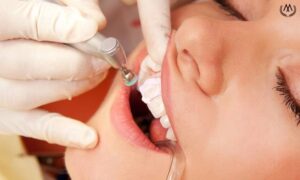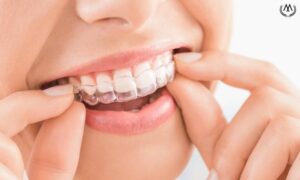Orthodontists are dental specialists focused on correcting teeth and jaw irregularities. Their primary expertise lies in diagnosing, preventing, and treating dental and facial structure misalignments. This branch of dentistry plays a crucial role in enhancing both oral health and aesthetics. Here is an in-depth look at what orthodontists do, their qualifications, treatment options, and the benefits they provide to patients:
What Do Orthodontists Do?
- Crooked Teeth: Misaligned teeth can cause aesthetic concerns and potential oral health issues.
- Crowded Teeth: A condition where there is insufficient space in the jaw for all the teeth.
- Overbite and Underbite: Conditions where the upper or lower teeth protrude beyond the opposite arch.
- Crossbites: Misalignment of the upper and lower jaws.
- Open Bites: A gap between the upper and lower teeth when the mouth is closed.
Orthodontists use various diagnostic tools such as X-rays, photographs, and dental models to evaluate these conditions and create customized treatment plans tailored to each patient’s needs.
Education and Training
Becoming an orthodontist requires extensive education and training:
- Undergraduate Education: They typically earn a bachelor’s degree in a science-related field after high school.
- Dental School: Four years of dental school where they receive a Doctor of Dental Surgery (DDS) or Doctor of Dental Medicine (DMD) degree.
- Orthodontic Residency: After dental school, they undergo 2-3 years of specialized training in an accredited orthodontic residency program. During this time, they receive advanced education in orthodontics, craniofacial growth, and biomechanics.
- Licensing: After completing their residency, they must pass national and state examinations to become licensed practitioners.
Treatment Options
Orthodontists use various techniques to correct teeth and jaw irregularities:
- Traditional Braces: Devices made of metal brackets and wires attached to the teeth, gradually aligning them.
- Clear Aligners: Custom-made, removable trays (such as Invisalign) that slowly move the teeth without the need for brackets and wires.
- Other Appliances: Devices like retainers, palate expanders, and headgear are used to address specific alignment issues.
Benefits of Orthodontic Treatment
The benefits of orthodontic treatment go beyond aesthetics:
- Improved Oral Health: Properly aligned teeth are easier to clean, reducing the risk of tooth decay and gum disease.
- Functional Improvement: Correcting bite issues can improve chewing and speaking.
- Boosted Confidence: Aesthetic improvements can enhance self-esteem and social confidence.
Conclusion
Orthodontists play a critical role in improving the functionality and appearance of their patients’ smiles. Through their specialized training and a variety of treatment options, they help individuals achieve healthier and more aligned smiles. If you or someone you know is considering orthodontic treatment, consulting with a qualified orthodontist is an important step towards personalized guidance and effective solutions.









